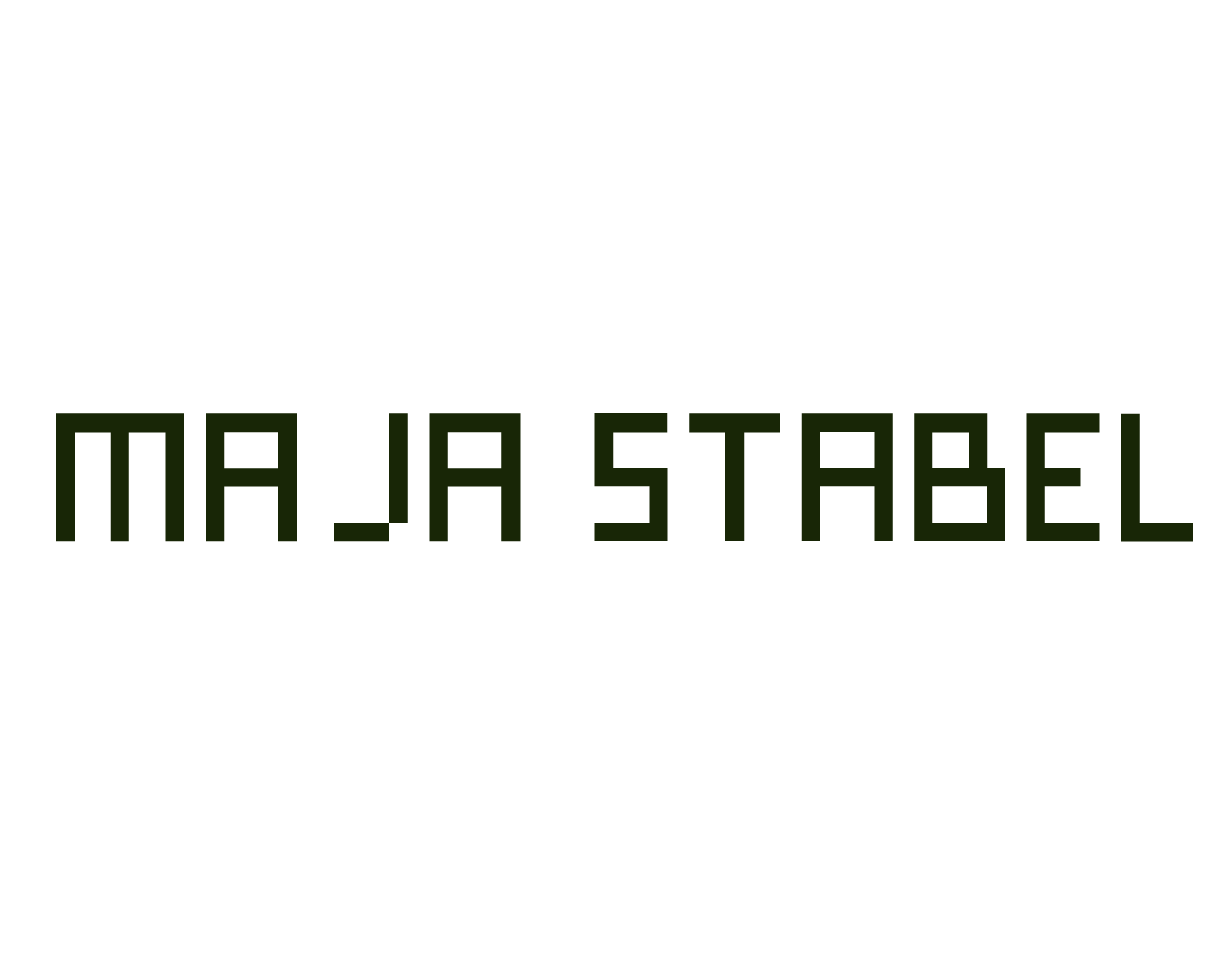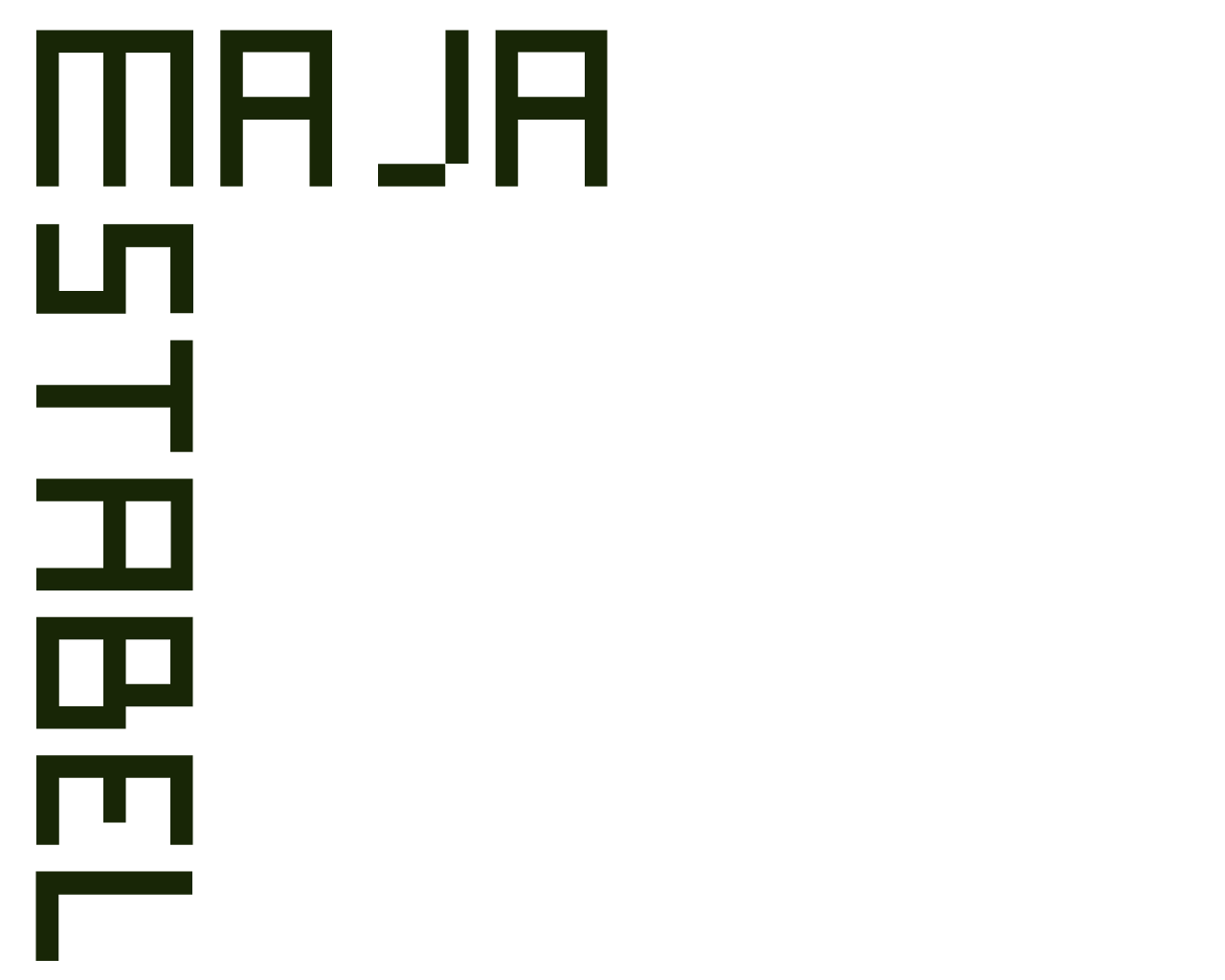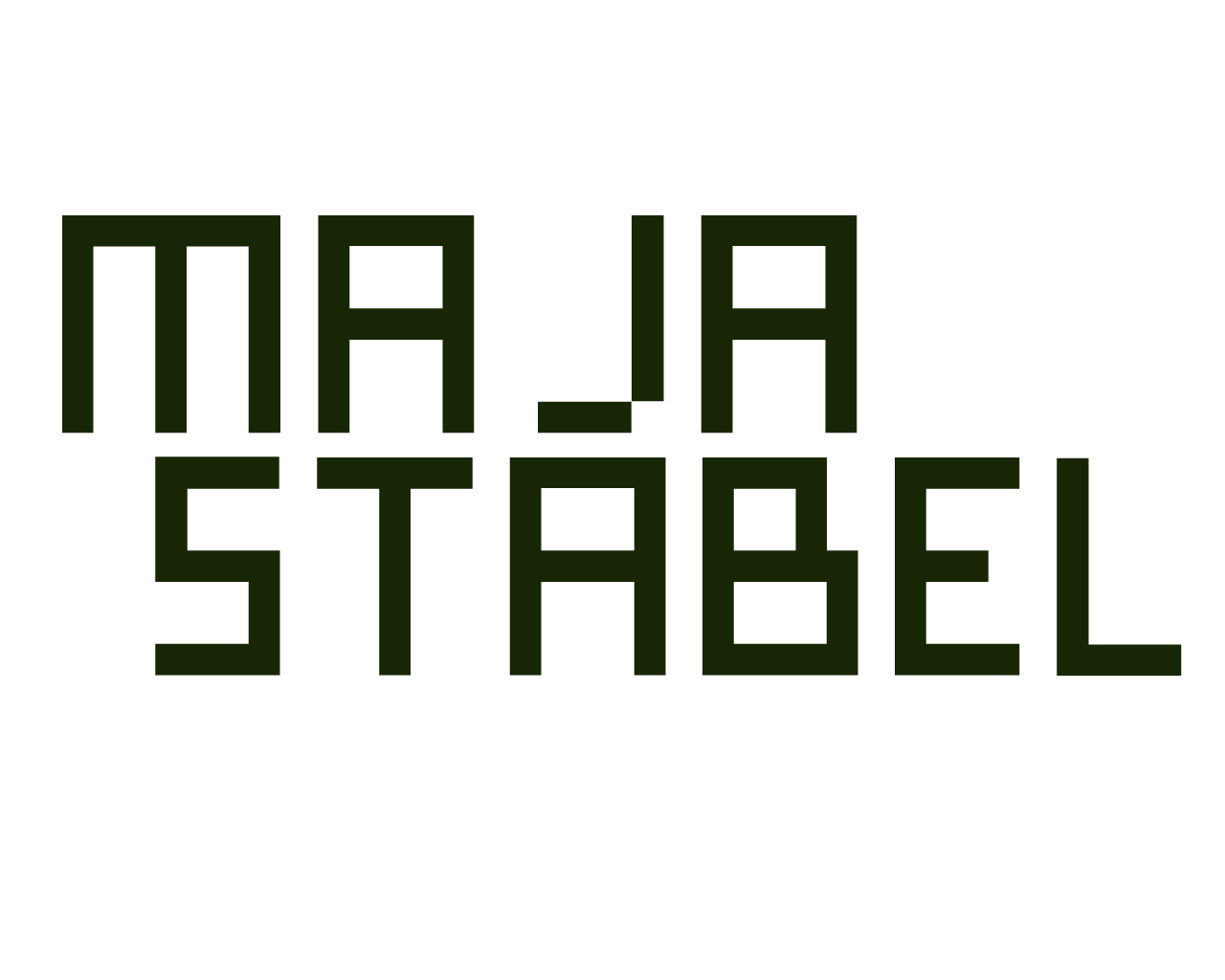New webshop available

Zero Waste Fashion Design
A tool for innovative solutions
A tool for innovative solutions
Zero waste is a broad term used in several industries and about a lifestyle where you produce as little waste as possible. In the fashion industry, zero waste is about pattern construction and it is a way of designing waste out of the production of a garment. Another approach to zero waste in fashion is to use second hand materials or turn second hand clothes into new items.
As a concept in the fashion industry, zero waste appeared mainly after 2008, but although the term zero waste clothing design is new, the practice is as old as dressing the body with textiles. In general, about 15% of all fabric used in the clothing industry is thrown during production, which amounted to 60 trillion square meters of fabric in 2015 (Rissanen & McQuillan, 2016).
There are many ways to do zero waste, and I have come up with a minimalistic (and easy) way which involves only rectangle pattern pieces. In production we puzzle these pieces together as best we can to minimize waste. The leftovers are used for handles to shopping bags and for show pieces.
There are many benefits of zero waste; it is sustainable, it promotes creativity and it is easy to understand and make a garment in zero waste (with my rectangle approach) – even if you’re not an educated fashion designer.
When distanced from the conventional way of designing patterns, it leaves room for experimental and creative design processes where zero waste can be a tool for innovative solutions.


